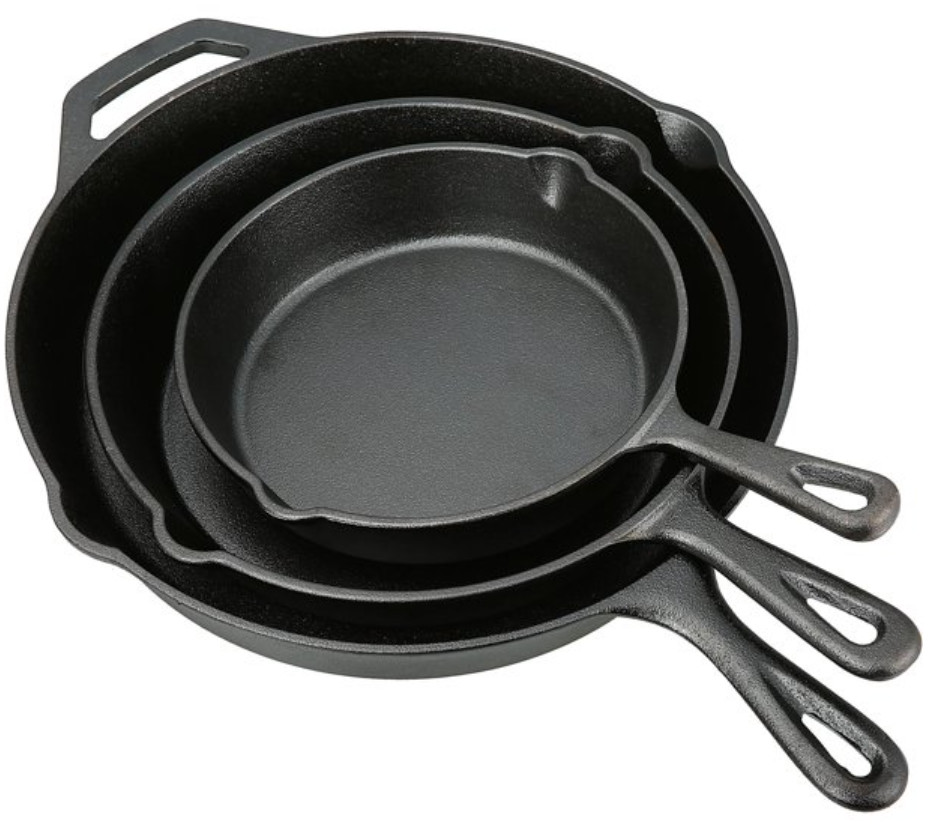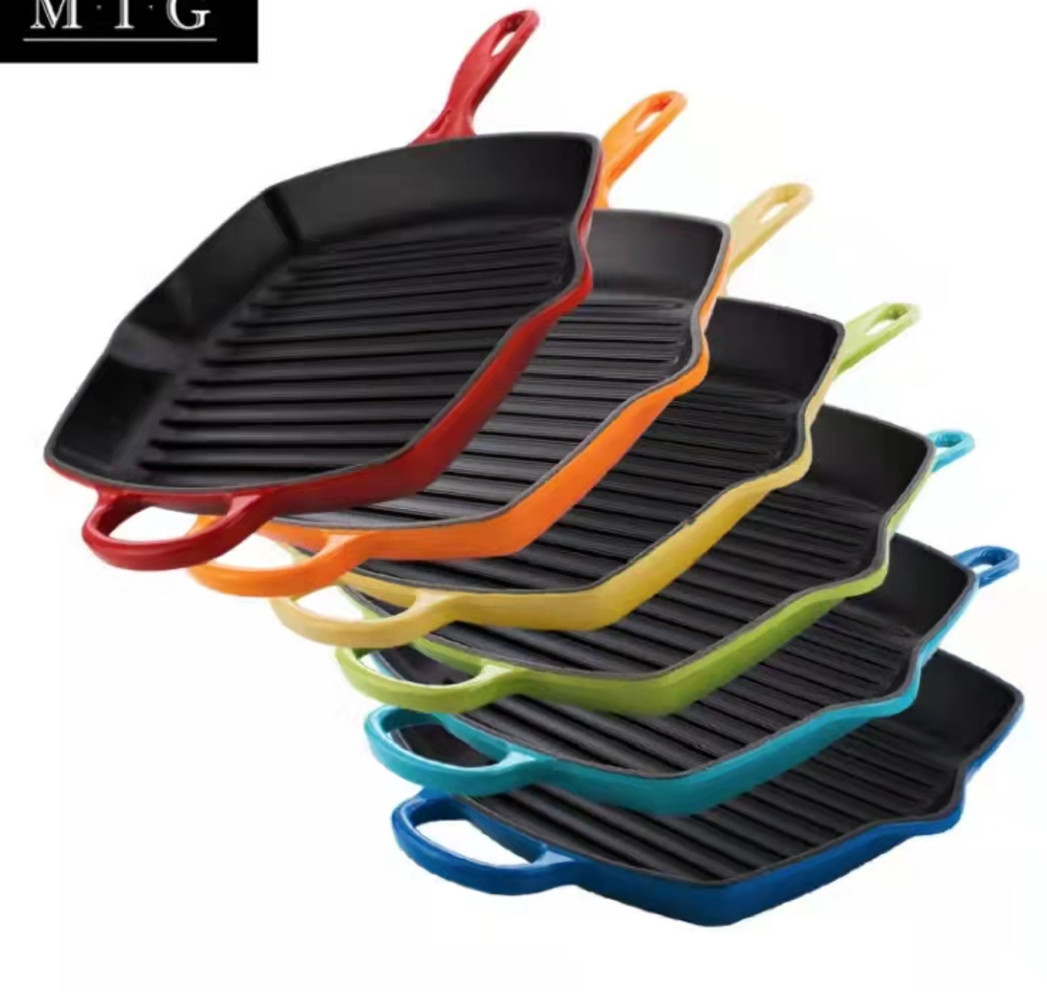- 150 м на юг, West DingWei Road, Nanlou Village, Changan Town, GaoCheng Area, Shijiazhuang, Hebei, China
- monica@foundryasia.com
юни . 12, 2023 18:48 Обратно към списъка
КАКВО Е ЧУГУНЕНИ СЪДОВЕ
Какво е чугунен съд за готвене:
Чугунените съдове за готвене са издръжливи съдове за готвене, които са изработени от чугун и са ценени заради запазването на топлината, издръжливостта, възможността за използване при много високи температури и незалепващото готвене, когато са правилно подправени.
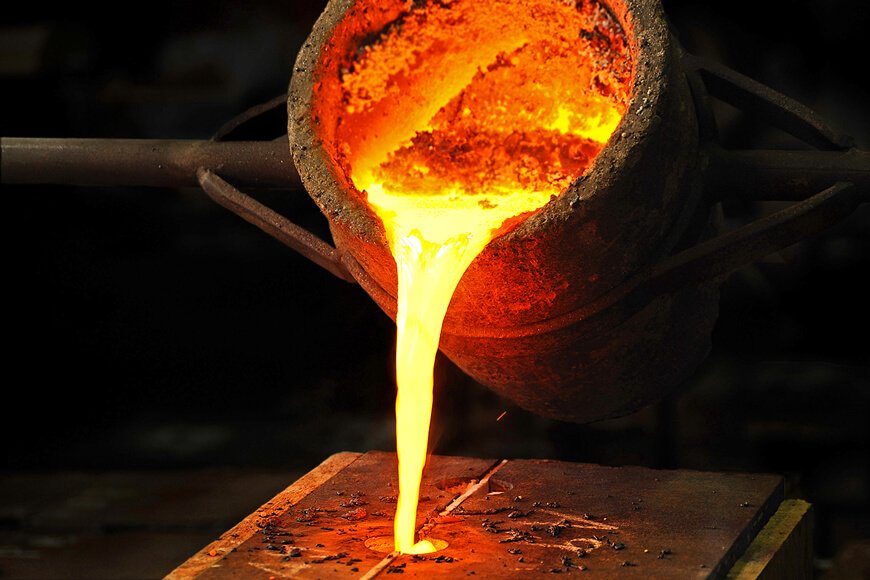
История на чугунените съдове
In Asia, particularly China, India, Korea and Japan, there is a long history of cooking with cast iron vessels. The first mention of a cast-iron kettle in English appeared in 679 or 680, though this wasn't the first use of metal vessels for cooking. The term pot came into use in 1180. Both terms referred to a vessel capable of withstanding the direct heat of a fire. Cast-iron cauldrons and cooking pots were valued as kitchen items for their durability and their ability to retain heat evenly, thus improving the quality of cooked meals.
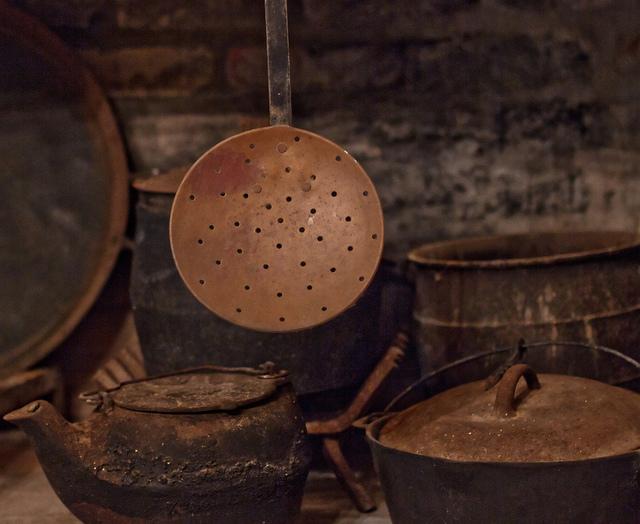
В Европа и Съединените щати, преди въвеждането на кухненската печка в средата на 19-ти век, ястията са се приготвяли в огнището, а тенджерите и тиганите са били проектирани за използване в огнището или за окачване в него.
Cast-iron pots were made with handles to allow them to be hung over a fire, or with legs so that they could stand in the coals. In addition to Dutch ovens with three or four feet, which Abraham Darby I secured a patent in 1708 to produce, a commonly used cast-iron cooking pan called a spider had a handle and three legs allowing it to stand upright over campfires as well as in the coals and ashes of a fireplace.
Тенджери и тигани с плоски дъна без крака навлизат в употреба, когато печките за готвене стават популярни; този период от края на 19-ти век видя въвеждането на апартамента
cast-iron skillet.
Чугунените съдове са били особено популярни сред домакините през първата половина на 20 век. Беше евтин, но издръжлив съд за готвене. Повечето американски домакинства имаха поне един чугунен тиган.
През 20-ти век се появяват и популяризират чугунени съдове с емайлирано покритие.
Today, of the large selection of cookware that can be purchased from kitchen suppliers, cast iron comprises only a small fraction. However, the durability and reliability of cast iron as a cooking tool has ensured its survival. Cast-iron pots and pans from the 19th and 20th century continue to see daily use to the present day. They are also highly sought after by antique collectors and dealers. Cast iron has also seen a resurgence of its popularity in specialty markets. Through cooking shows, celebrity chefs have brought renewed attention to traditional cooking methods, especially the use of cast iron.
Продукти от първа необходимост
Видовете чугунени съдове за готвене включват тигани, холандски фурни, тигани, гофретници, преси за панини, фритюрници, уокове, фондю и поджи.
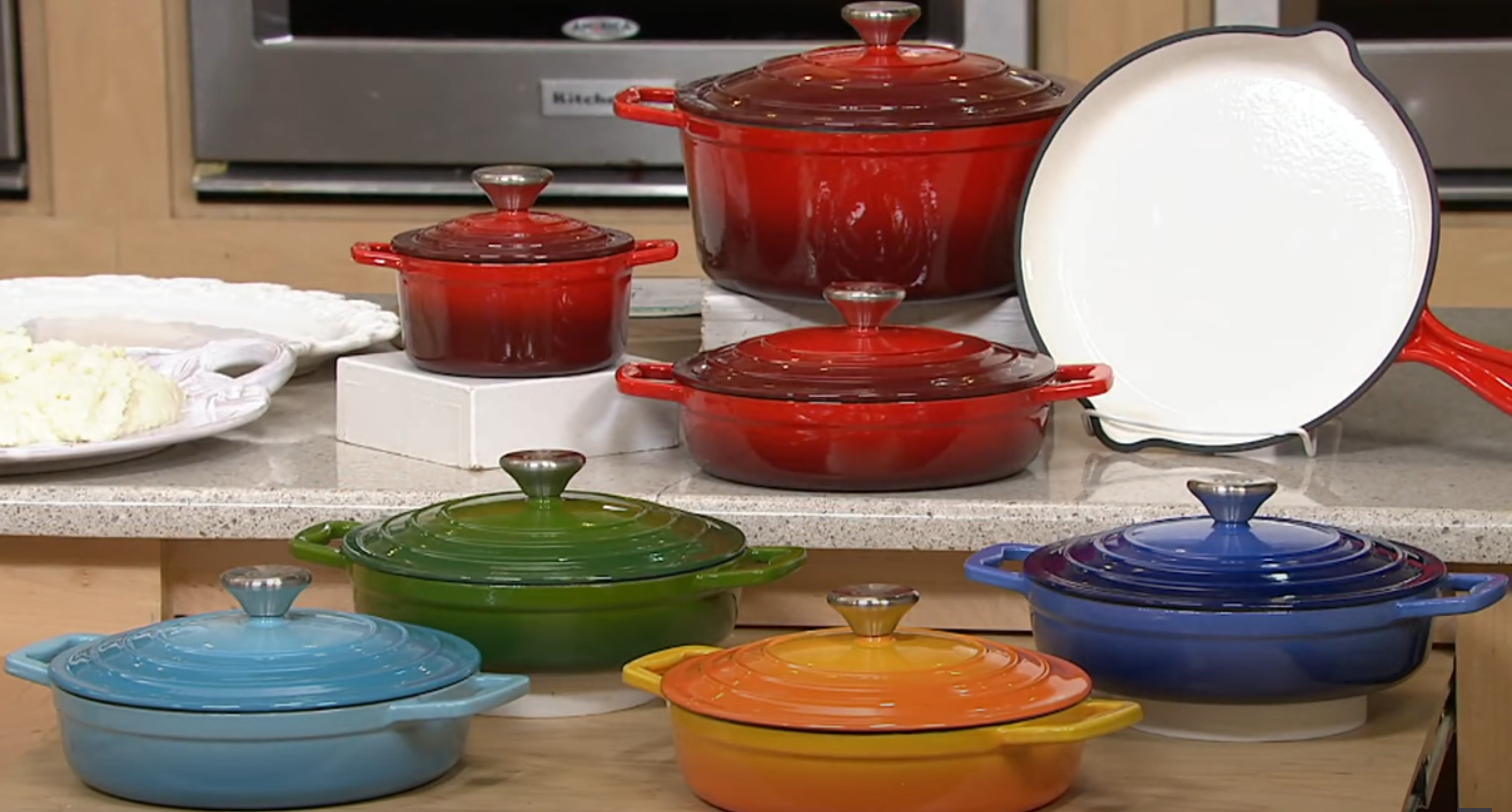
Предимства на съдовете от чугун
Cast iron's ability to withstand and maintain very high cooking temperatures makes it a common choice for searing or frying, and its excellent heat retention makes it a good option for long-cooking stews or braised dishes.
Because cast-iron skillets can develop a "non-stick" surface when cared for properly, they are excellent for frying potatoes or preparing stir-fries. Some cooks consider cast iron a good choice for egg dishes, while others feel the iron adds an off-flavor to eggs. Other uses of cast-iron pans include baking, for instance for making cornbread, cobblers and cakes.
Many recipes call for the use of a cast-iron skillet or pot, especially so that the dish can be initially seared or fried on the stovetop then transferred into the oven, pan and all, to finish baking. Likewise, cast-iron skillets can double as baking dishes. This differs from many other cooking pots, which have varying components that may be damaged by the excessive temperatures of 400 °F (204 °C) or more.
-
Product introduction of Changan Cast Iron Co., LTD
НовиниJan.24,2024
-
The Impact of the Leidenfrost Effect on Non-Stick Properties of Cast Iron Titanium Coated Cookware
НовиниJan.24,2024
-
Изследване на кулинарното разделение——Чугунени гювечи срещу обикновени гювечи
Новини03 януари 2024 г
-
Цех за опаковане, пренареден със стелажи и 3D склад за стоки
Новини29 декември 2023 г
-
Почистването на използвана чугунена емайлирана тенджера може да се извърши ефективно със следните стъпки:
Новини27 декември 2023 г
-
Металографска структура за емайл върху чугун
Новини27 декември 2023 г
